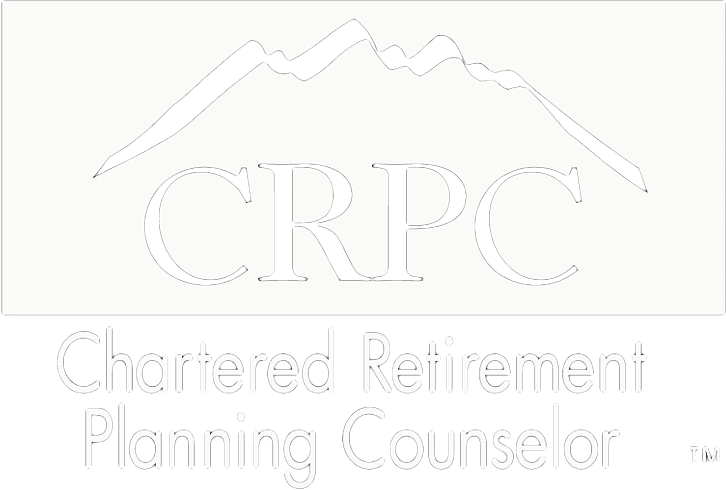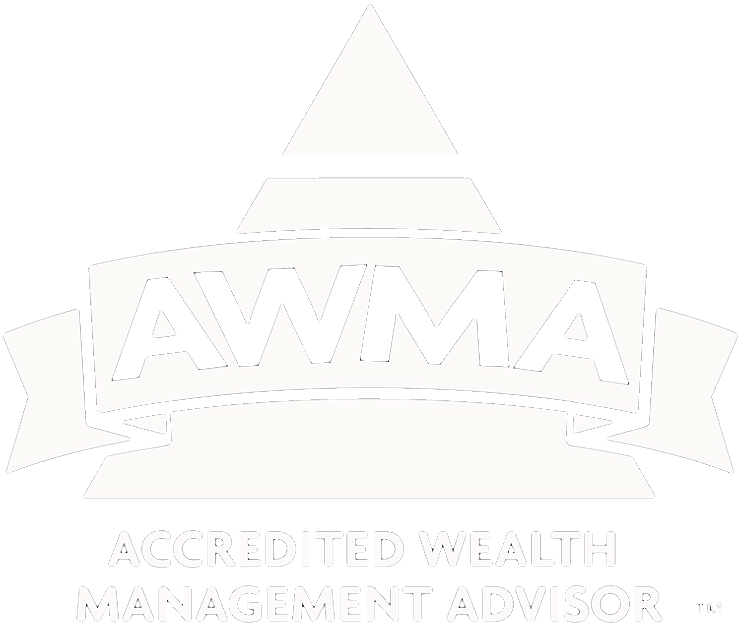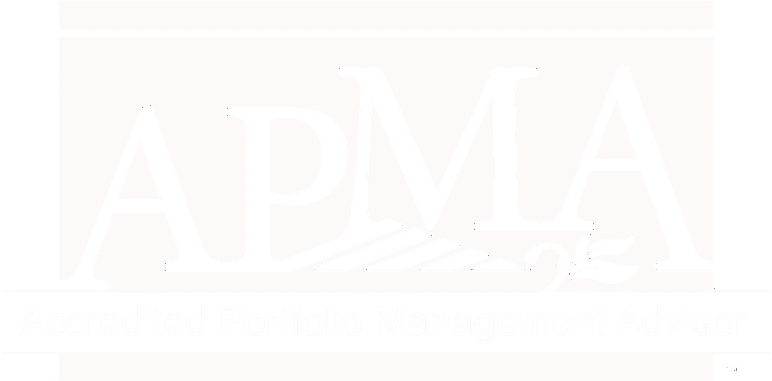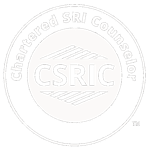
Most people don't work for the same employer their entire careers. When you have taken advantage of your employer’s retirement plan, frequently in the form of a 401(k) or 403(b) (though there are others), and you decide to change employers, you have choices. The primary options are:
- Leave the funds in your old employer's retirement plan.
- Transfer the funds to your new employer’s retirement plan.
- Roll the funds over to an IRA.
There are many things to consider when deciding what to do with your retirement account. It’s not always an easy decision. Some of the key factors to keep in mind when deciding what to do are:
- Costs or Fees
- Investment Choices
- Administrative Factors
- Complexity
- Your Age
- Special Tax Benefits
- Withdrawal Rules
Costs or Fees
There are a few costs to consider when reviewing your current retirement plan. Most employer retirement plans allow you to choose from a limited number of mutual fund investments. Each of these funds has an underlying expense ratio. That’s how the company that manages the fund gets paid for its services.
The company that administers your employer's retirement plan also wants to get paid. Your employer can pay some or all of these fees, or the fees can be charged to the plan participants in different ways. One way is by increasing the funds' expense ratios. There could also be administrative fees charged to the account on a quarterly or annual basis.
If you decide to rollover the employer retirement plan to an IRA, there's a good chance you can lower costs. You can invest in low-cost ETFs or even other mutual funds that have lower expense ratios than the mutual funds available in the employer retirement plan. You could hold individual stocks and some other types of investments that have no fees associated with them at all.
If you have a financial advisor, you can let them manage the plan for you, but also consider their management fee. Cost represents an important consideration when deciding whether you should complete a 401(k) rollover.
401(k) Rollovers Can Provide More Investment Choices
The typical employer retirement plan limits you to around 10 or 15 investment choices. Some plans offer may offer more or even fewer choices. That can make it harder to diversify your account or choose investments that have lower fees, better performance, or a risk level that is more suitable to your risk tolerance.
If you complete a rollover of your old employer's retirement plan, you will have many more investments to choose from. That can make diversification a lot easier and let you make investments that you may prefer more. There are now IRAs that allow you to invest in digital assets, too.
Administrative Factors Associated with 401(k) Rollovers
- Your employer's retirement plan may change investment providers. That can lead to a blackout period, during which you cannot access your funds for withdrawals, transfers, or changing of investment choices.
- When you start withdrawing funds from your employer's retirement plan, you have to pay taxes on distributions. Most employer retirement plans allow you to withhold both federal and state taxes from your distributions. However, some plans cannot accommodate state-level withholdings. With an IRA you can withhold both federal and state taxes from your distributions. This helps you avoid a forgotten about tax liability come tax filing time.
- Some employer retirement plans restrict how often you can withdraw funds. With IRAs, you can schedule monthly or even bi-weekly withdrawals to replicate the regular paycheck you received when you were working. You can also withdraw any amount at any time.
- Some employer retirement plans also have special rules that apply to withdrawals. Pro-rata withdrawals may be necessary, where you are required to withdraw funds proportionately from each underlying investment. You might not want to do this. You may want to withdraw from equity instead of fixed income so that you reduce the risk level of the portfolio as you withdraw funds.
- If someone inherits your employer retirement plan they may be required to withdraw the funds faster than would apply if they inherited an IRA. IRAs allow a non-spouse beneficiary to stretch out withdrawals over a longer period of time. This can reduce the tax consequences of any withdrawals. Keep in mind, however, that the beneficiary could consider a rollover into an IRA as well.
Reduce Complexity with 401(k) Rollovers
Completing employer retirement plan rollovers can reduce the complexity associated with your retirement accounts. A rollover could help make life easier by streamlining accounts. Fewer accounts means fewer statements and less to keep track of. Less retirement accounts also reduces the complications with distributions. If you have retirement plans with multiple employers, a required minimum distribution (RMD) must be withdrawn from each after age 72. This rule only applies to employer retirement plans. If you have more than one IRAs account, you can combine the RMD from all of them and then withdraw that amount from one account.
The more accounts you have, the more management is needed when it comes to updating the accounts if you move, need to change beneficiaries, or change banks. Each account you have means there's one more thing you need to keep track of.
One benefit that comes with employer retirement plans relates to creditor protection. Most states offer creditor protection for a portion of IRAs (in many cases up to $1 million), but assets inside employer plans generally have a higher level of protection. You may want to put more weight on this factor if you’re at a higher risk for litigation.
Your Age
If you leave your employer between the year you turn 55 or before you reach age 59 ½ (50 for public safety workers), you can qualify for a special rule. You can take distributions without incurring the 10% early withdrawal penalty tax that normally applies to distributions taken before age 59 ½.
It's important to note that once you rollover to an IRA, this special rule no longer applies. If you qualify for this “early rule” and think you will need access to your funds, you may want to leave some of your funds in your employer's retirement plan until you reach age 59 ½.
Special Tax Benefits 401(k) Rollovers Can Provide
There are some tax-advantaged rules that apply to certain tax-deferred accounts. Keep these rules in mind as they can apply differently to employer retirement accounts and IRAs.
RMDs
Required minimum distributions (RMDs) start at age 72. If you have both an IRA and an employer retirement plan you must take an RMD from each. As mentioned about, if you have multiple IRAs, you can combine the RMD amounts for all your IRAs and withdraw that amount from one IRA or any amount from each of your IRAs until you mean the required minimum amount. A rollover from an employer retirement plan to an IRA could help to simplify required minimum distributions and withdrawals.
QCDs
RMDs are normally considered taxable income. If you're charitably-inclined, you can consider making qualified charitable contributions (QCDs), which allow you to exclude any amount of your RMD that goes directly to a qualified charity from taxable income. QCDs can represent the most tax-efficient way to donate. While you don’t get a deduction for the QCD amount, not including the amount in income in the first place provides a greater tax benefit. You can’t make a QCD from an employer retirement plan, but you can make one from an IRA.
NUA
If your employer retirement plan includes an Employer Stock Ownership Plan (ESOP), you can potentially utilize a unique distribution option referred to as Net Unrealized Appreciation (NUA). These rules make a portion of your distribution eligible for preferential tax treatment if you distribute the stock from the plan to a brokerage account. Rolling the stock over to an IRA would void this option. You will need to evaluate if an NUA distribution makes sense for you. If it does, to qualify for preferential tax treatment, you must distribute the stock and rollover the remainder of the balance to an IRA following certain steps. Importantly, if you took a previous distribution from the 401(k), you may have inadvertently voided your ability to take advantage of the NUA rules.
Withdrawal Rules
For first-time homebuyers, the IRA rules allow for an exemption of up to $10,000 of withdrawals from the 10% early withdrawal penalty for investors younger than 59 ½. Employer retirement plans don't offer this exemption for purchasing a home. Although income tax still needs to be paid on the withdrawal, this exemption available with IRAs offers up a source for a downpayment without paying a penalty.
Is an Employer Retirement Plan Rollover Right For You?
When deciding whether to rollover an employer retirement plan there are many factors to consider. The factors above may not address all of the considerations that should be made be each individual. If you would like to discuss the pros and cons of rolling over your employer retirement plan, or any other financial planning area, feel free to...
This content is developed from sources believed to be providing accurate information. The information in this material is not intended as investment, tax, or legal advice. It may not be used for the purpose of avoiding any federal tax penalties. Please consult legal or tax professionals for specific information regarding your individual situation. The opinions expressed and material provided are for general information, and should not be considered a solicitation for the purchase or sale of any security. Digital assets and cryptocurrencies are highly volatile and could present an increased risk to an investors portfolio. The future of digital assets and cryptocurrencies is uncertain and highly speculative and should be considered only by investors willing and able to take on the risk and potentially endure substantial loss. Nothing in this content is to be considered advice to purchase or invest in digital assets or cryptocurrencies.
Enjoying Escient Financial’s Insights?
The weekly newsletter is usually delivered to your email inbox Friday or Saturday, and includes:
- the latest Escient Financial Insights articles
- a brief of the week's important news regarding the markets
- recommended third-party reads
- selected Picture of the Week
Escient Financial does NOT sell subscriber information. Your name, email address, and phone number will be kept private.

